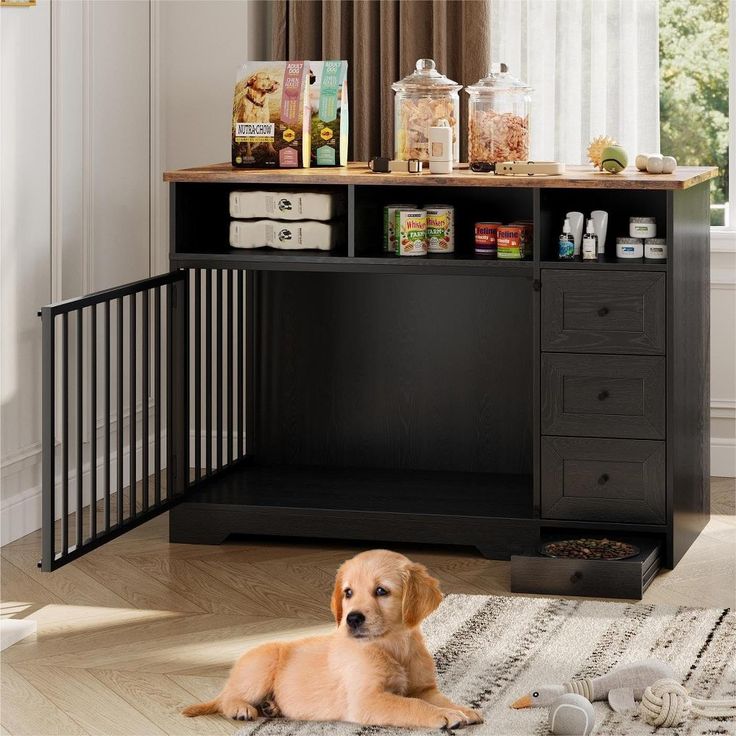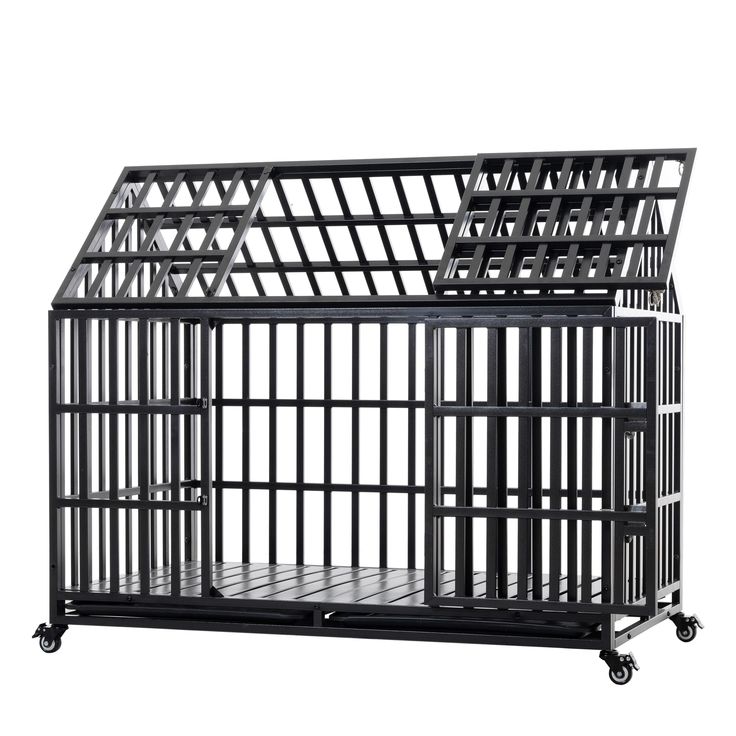Benefits of Fleece Dog Coats
Fleece dog coat offers numerous advantages for your furry companion, combining practicality, comfort, and style. These coats prove especially valuable during colder months when dogs need additional protection against the elements. Let’s explore why fleece is an ideal material and how it effectively provides warmth and comfort to your beloved pet.
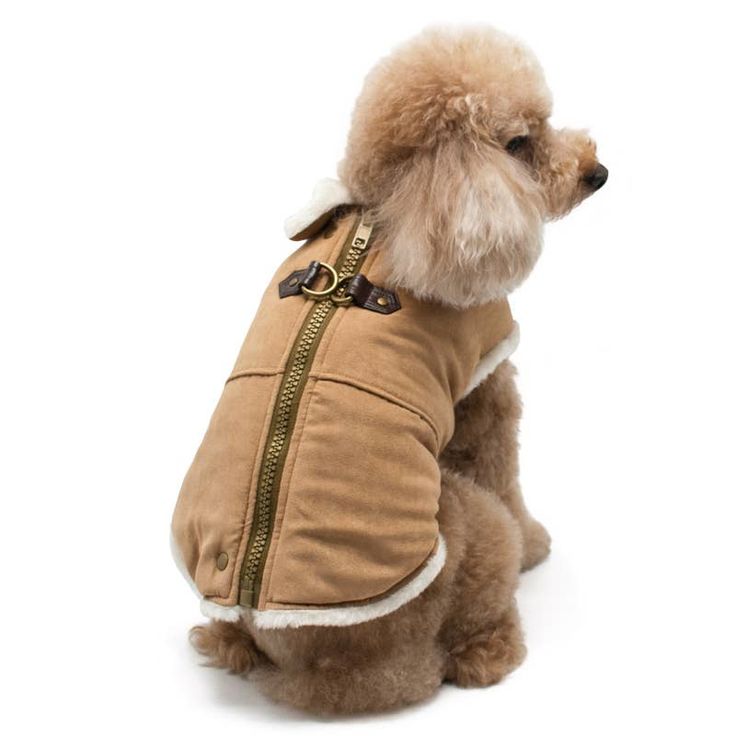
Why Fleece is Ideal for Dogs
Fleece stands out as a popular choice for dog coats due to its lightweight design and soft texture. This material allows for excellent breathability, ensuring that your dog remains warm without the risk of overheating. Many dogs have sensitive skin, and fleece is gentle enough to prevent irritation. Its easy-care nature makes fleece quite convenient for everyday use, as you can simply toss it in the washing machine for quick cleaning. Additionally, fleece fabric offers great flexibility, allowing your dog to move freely while staying cozy and comfortable. This freedom of movement is essential, especially for active pups who love to play.
How Fleece Provides Warmth and Comfort
Fleece is a highly insulating fabric that effectively traps heat. It works by retaining your dog’s natural body warmth while creating a barrier against cold air. The plush and soft material ensures your dog feels cozy throughout wear, helping them relax even in chilly conditions. Fleece coats are designed to provide a snug fit, reducing drafts and enhancing their ability to retain warmth. For dogs that easily feel cold, fleece coats deliver both reliable protection and exceptional comfort. This combination ensures that your furry friend enjoys outdoor adventures, no matter the weather.
Factors to Consider When Choosing a Fleece Dog Coat
Choosing the right fleece dog coat is important for your dog’s comfort and protection. Several factors play a key role in selecting the best option. Let’s break them down to help you make the ideal choice.
Size and Fit: Ensuring the Right Measurement
A well-fitting fleece dog coat ensures comfort and maximum warmth for your dog. Measure your dog’s chest girth, neck, and back length accurately. Check the manufacturer’s sizing chart to find the best match. Ensure the coat isn’t too tight, as this could restrict movement. Avoid a loose fit, which may allow cold air to seep in. A snug but comfortable fit is the goal.
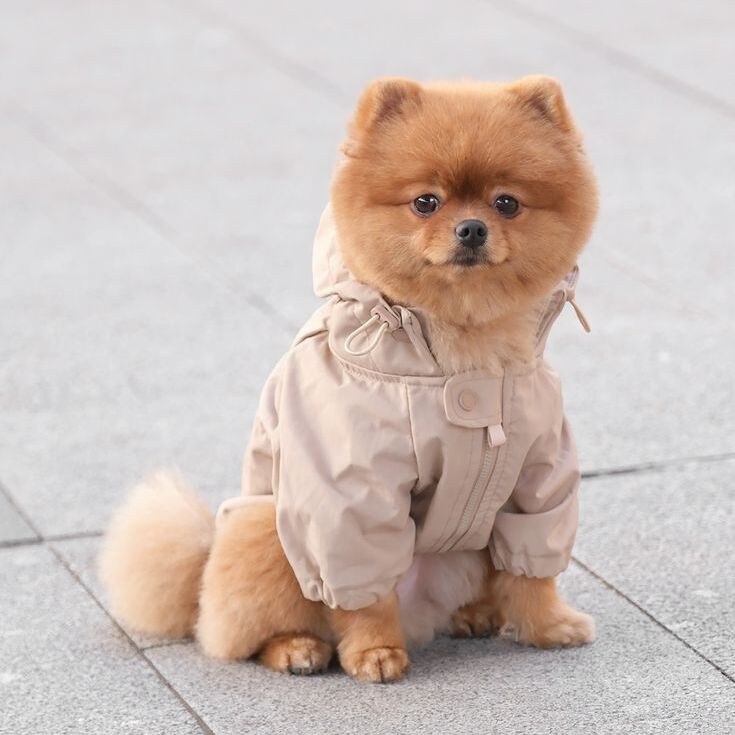
Material Quality: Understanding the Importance
High-quality fleece ensures durability and effectiveness in keeping your dog warm. Look for soft, non-itchy materials that are gentle on your dog’s skin. Opt for fleece fabrics that resist pilling and maintain their insulating properties. A good quality fleece dog coat will last longer and withstand frequent use.
Weather Resistance: Protecting Against the Elements
Choose a coat that suits your local weather conditions. Some fleece dog coats come with water-resistant layers to protect against rain or snow. If your region experiences strong winds, select a coat with windproof features. A weather-resistant fleece dog coat provides more versatility in different climates.
Ease of Use: Putting On and Taking Off the Coat
Ease of use is crucial for stress-free outings with your dog. Look for coats with simple closures like Velcro straps or snap buttons. These make it quick and hassle-free to put the coat on or take it off. Avoid designs with too many straps or complicated fastenings. The right coat combines functionality with convenience.
Types of Fleece Dog Coats
Choosing the right fleece dog coat involves understanding the different types available. These coats vary based on weight, design, and suitability for specific breeds. Let’s explore the options to find the best match for your dog.
Lightweight vs. Heavyweight Fleece
The thickness of fleece plays a big role in its functionality:
- Lightweight Fleece: Perfect for mild weather, lightweight fleece offers breathability without overheating. It’s ideal for active dogs or those in moderate climates. Lightweight coats are also less restrictive, making movement easier.
- Heavyweight Fleece: Designed for colder weather, heavyweight fleece provides superior insulation. It’s great for dogs that get cold easily or live in chilly regions. However, these coats might feel bulkier, so ensure your dog is comfortable.

Hooded and Non-Hooded Designs
Hooded and non-hooded fleece dog coat designs offer unique benefits:
- Hooded Designs: These coats provide added head and neck protection. They are ideal for rain, snow, or particularly cold days. However, ensure the hood doesn’t obstruct your dog’s vision or movement.
- Non-Hooded Designs: Non-hooded coats focus on practicality and simplicity. They are easier to put on and remove. These are great for dogs who dislike anything covering their heads.
Options for Different Dog Breeds
Different breeds need specific fleece coat features:
- Small Breeds: Compact breeds like Chihuahuas benefit from thick fleece for added warmth. Look for snug fits.
- Large Breeds: Larger dogs like Labradors may prefer lightweight fleece for ease of movement. Choose designs with adjustable straps.
- Long-Haired Breeds: Dogs with thick fur often require breathable lightweight coats to avoid overheating.
- Short-Haired Breeds: Short-haired dogs need thick fleece for warmth. Coat designs with added insulation work best.
Selecting the right type of fleece dog coat ensures your dog stays comfortable, warm, and stylish while facing different weather conditions.
How to Measure Your Dog for a Fleece Jacket
Accurate measurements are essential to ensure your dog feels comfortable and cozy. By measuring correctly, you can avoid issues like restricted movement or cold air leaks. Let’s go over the steps to make sure you get it right.
Key Measurements You Need
- Chest Girth: Measure around the widest part of your dog’s chest. Ensure the tape is snug but not tight.
- Neck Circumference: Wrap the tape around your dog’s neck where the collar usually sits. Leave a bit of room.
- Back Length: Start at the base of your dog’s neck and measure to the base of the tail. Keep your dog standing still for an accurate length.
- Leg Sizes (if needed): Some fleece coats have sleeves. Measure the circumference and length of your dog’s upper legs.
Common Mistakes to Avoid When Measuring
- Using Loose Tape: Loose tape can lead to inaccurate readings. Keep the tape secure.
- Estimating Measurements: Guesswork often leads to a poor fit. Always use a measuring tape for precision.
- Skipping Key Areas: Forgetting neck or chest measurements can result in an ill-fitting coat.
- Measuring at the Wrong Time: Measure when your dog is standing calmly, not sitting or lying down.
- Ignoring Breed-specific Needs: Certain breeds may require additional measurements for better fit.
By following these steps, you’ll ensure your dog’s fleece coat fits perfectly, keeping them warm and happy.
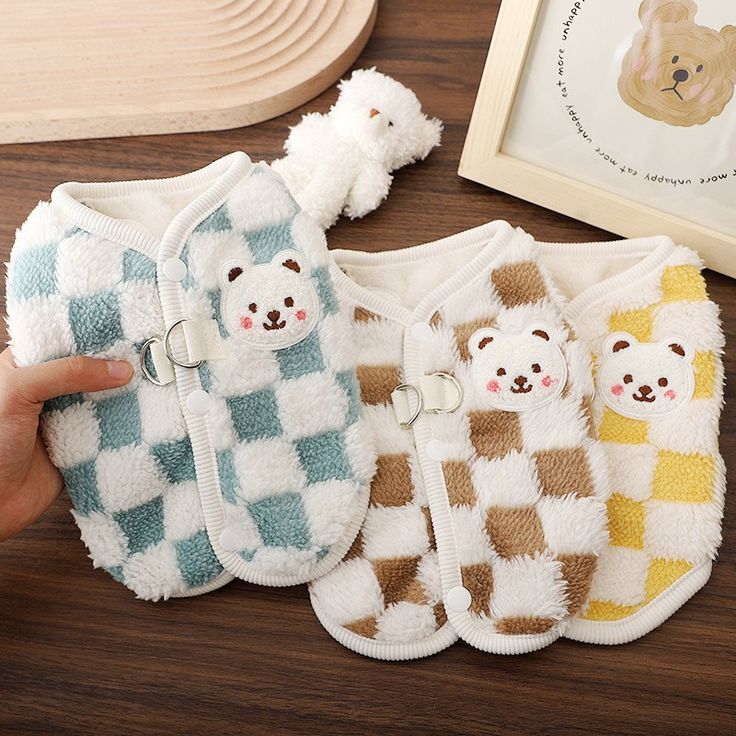
Caring for Your Fleece Dog Jacket
Proper care ensures your fleece dog coat stays durable and effective. Regular cleaning and smart storage help maintain its quality and lifespan.
Cleaning and Maintenance Tips
- Follow Care Instructions: Always check the label for washing guidelines before cleaning.
- Hand Wash for Delicate Fabrics: Use mild soap and cool water to wash delicate fleece materials.
- Use Gentle Machine Settings: If machine washing is allowed, opt for cold water and a gentle cycle.
- Avoid Harsh Detergents: Use mild, dog-friendly detergents to prevent irritation or damage to the fabric.
- Air Dry the Coat: Lay the coat flat to dry and avoid direct sunlight or heat sources.
- Brush the Fleece Regularly: Use a fabric brush to prevent pilling and keep the fleece smooth.
- Inspect for Damage: Check for tears or worn-out areas and repair these promptly.
Storage Suggestions to Prolong Longevity
- Store in a Dry Space: Keep the coat in a cool, dry place to prevent mold or mildew.
- Use a Breathable Storage Bag: Seal the coat in a breathable bag to protect it from dust.
- Avoid Tight Spaces: Do not compress the fleece to retain its insulating properties.
- Keep Away from Pets: Store where pets cannot scratch or chew the coat.
- Fold Neatly and Avoid Creases: Avoid wrinkling the fabric by folding or hanging it properly.
Caring for your fleece dog coat properly ensures your furry friend stays warm and comfortable year after year.
Popular Brands and Recommendations for Dog Jackets
Finding the perfect fleece dog coat isn’t just about size or style; brand quality matters too. Here’s a guide to popular brands and how to choose between budget and premium options.
Overview of Top-Rated Brands
Several brands stand out for producing high-quality fleece dog coats. Each offers unique features tailored to meet various needs:
- Hurtta: Renowned for its durability and weather-resistant properties, Hurtta coats are perfect for outdoor adventures. They offer robust protection against the elements, allowing dogs to enjoy outdoor activities in comfort.
- Ruffwear: This brand focuses on high-performance designs suitable for active dogs in diverse climates. Ruffwear fleece coats are made for those who love to explore, providing functionality and warmth.
- Kurgo: Known for its versatile fleece coats, Kurgo offers adjustable fits to accommodate various dog breeds. Their designs ensure that every dog can find a comfortable and snug fit.
- PetRageous Designs: Combining style with practicality, PetRageous provides fleece coats that are perfect for everyday wear. Their coats are both fashionable and functional, making them suitable for casual outings.
- Blueberry Pet: Specializing in colorful fleece designs, Blueberry Pet merges aesthetics with comfort. Their vibrant options allow dogs to look great while staying warm.
These brands prioritize comfort, functionality, and durability. Each ensures your dog remains warm and protected in style.
Budget vs. Premium Options
When choosing fleece dog coats, consider the key differences between budget-friendly and premium options:
Budget Options:
- Budget options provide affordable price points ideal for casual use.
- They typically feature lightweight fleece, making them suitable for mild climates.
- However, these coats may lack advanced features, such as water resistance or reinforced stitching.
- They are perfect for occasional use or for smaller dogs who may not require heavy-duty warmth.
Premium Options:
- Premium options use high-quality materials that offer long-lasting durability.
- These coats often include features like windproof layers and adjustable designs to enhance fit.
- You can expect enhanced comfort due to better insulation that keeps your dog warm.
- They’re suitable for extreme weather conditions and are ideal for active outdoor dogs who enjoy adventures.
Ultimately, your choice depends on your dog’s specific needs, the climate you live in, and how frequently you will use the coat. Consider investing in premium options for colder climates or for durability. Budget-friendly coats work well for simple, everyday warmth, making them a practical choice for many dog owners.
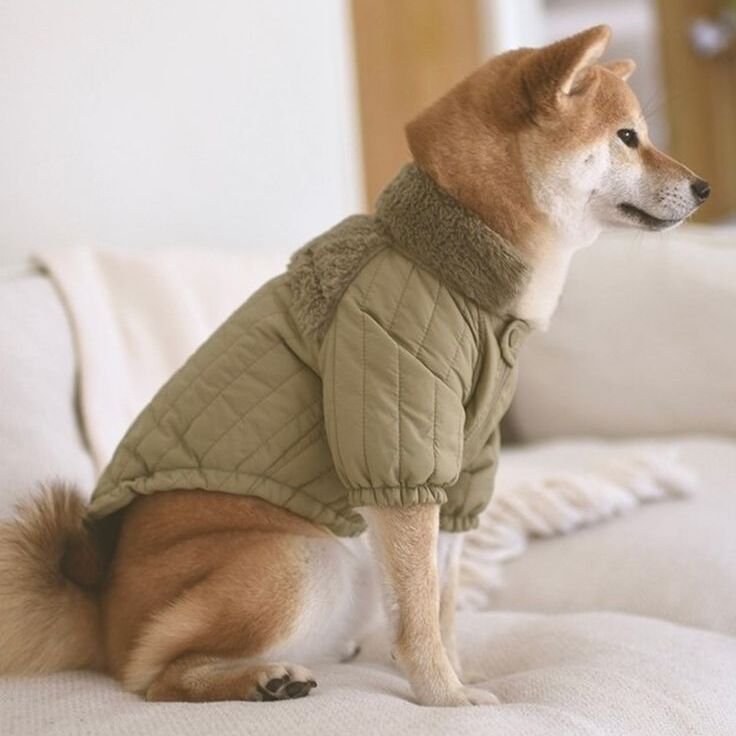
Additional Tips for Keeping Your Dog Warm
Properly protecting your dog from cold temperatures involves more than just a fleece dog coat. Consider extra steps to ensure your furry friend stays warm and comfortable in chilly weather.
Layering with Other Gear
Layering can enhance your dog’s protection during colder months. Here are some ideas to consider:
- Add Waterproof Shells: Pair the fleece dog coat with a waterproof layer for rain or snow protection.
- Sweaters Underneath: For extremely cold days, you can add a soft sweater beneath the fleece coat.
- Dog Boots: Protect your dog’s paws from ice, snow, and road salt with insulated dog boots.
- Scarves or Snoods: Use neck warmers or snoods to shield your dog’s neck and ears from wind.
- Reflective Layers: Add reflective vests or stripes for safety during evening or early morning walks.
Ensure all layers fit comfortably and don’t restrict your dog’s movement or breathing.
Recognizing Signs That Your Dog Needs Extra Warmth
It’s crucial to pay attention to signs that indicate your dog might be too cold. Watching for these signals can ensure your pet stays comfortable:
- Shivering: This is a clear sign that your dog is struggling to maintain warmth. If you observe shivering, take action immediately.
- Cold Ears or Paws: Touch your dog’s ears and paws to check their temperature. If they feel unusually cold, it’s time to provide extra warmth.
- Curling Up: If your dog curls into a tight ball, they are trying to conserve body heat. This behavior often indicates that your dog feels chilly.
- Reluctance to Move: When dogs seem unwilling to walk or play, they may feel too cold. A lack of energy or enthusiasm can be a strong indicator that they need warming up.
- Whining or Barking: Vocalizations like whining or barking might signal discomfort or coldness. Your dog may express their distress through sounds.
If you recognize these signs, bring your dog inside or add more layers immediately. Always prioritize their comfort and safety to ensure a happy and healthy pet.
By layering gear and identifying when your dog needs extra warmth, you can ensure they stay cozy in any weather.
